Nearly 80% of the more than 2,000 sunscreen products sold in the US fail to meet safety, health and effectiveness standards, according to a new report from the Environmental Working Group (EWG), sounding the alarm about what consumers are putting on their skin.
"Using sunscreen is essential and provides better protection than not using it at all, but not all sunscreens are created equal," emphasizes Dr. David Andrews, EWG's acting chief science officer.
Before you hit the road or the beach, find out what’s in your sunscreen. Don’t let the sun and your sunscreen do you harm.
The dangers of spray sunscreens and benzene
Spray sunscreens, while convenient, pose a number of worrying risks. While liquid sunscreens are more popular, sprays still account for 26% of the U.S. market. The EWG warns of the risk of inhaling zinc oxide and titanium dioxide nanoparticles, two common mineral ingredients in spray products.
While these minerals are considered safe and effective when applied topically, inhaling them can be harmful to the respiratory system. The lungs have difficulty removing these microscopic particles, increasing the risk of them entering the bloodstream.
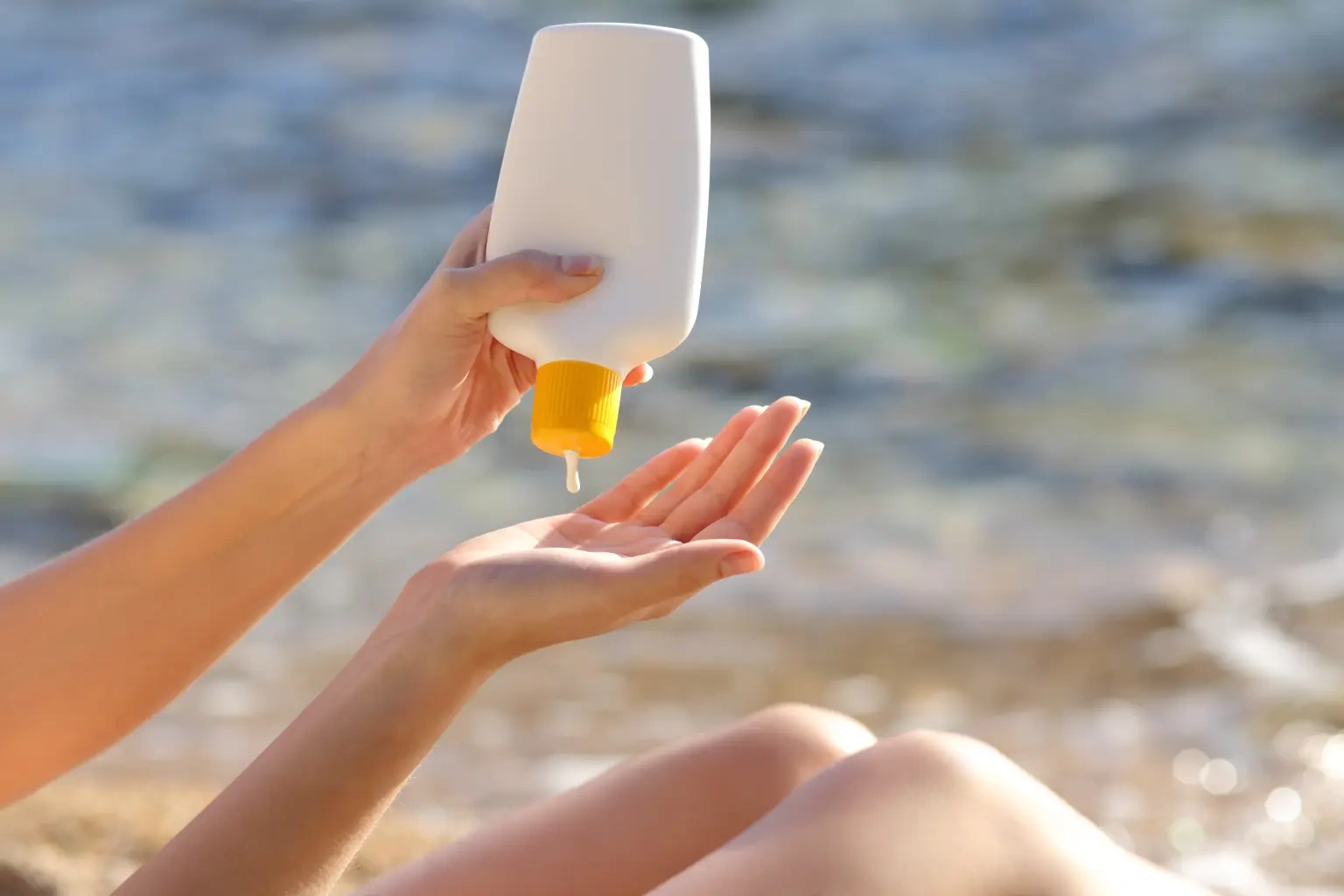
Another serious concern is benzene, a carcinogen that has been found in some spray-on sunscreen products, leading to recent product recalls.
Short-term exposure to benzene can cause dizziness, drowsiness, and even unconsciousness. Long-term exposure can lead to bone marrow damage, anemia, and an increased risk of cancers, especially leukemia.
Mystery Flavors: A Potential Concern
The EWG report also points out another troubling issue: fragrances aren't clearly disclosed in sunscreen ingredients, leaving consumers unsure of exactly what they're getting.
Research shows that 36% of sunscreens contain a mixture of fragrances, including scent chemicals that are not disclosed on the label. These ingredients can be allergens, hormone disruptors, or even carcinogens without the user knowing.
High SPF and toxic Butyloctyl Salicylate
Many consumers favor sunscreens with high SPF ratings, but EWG warns that actual protection may not match expectations.
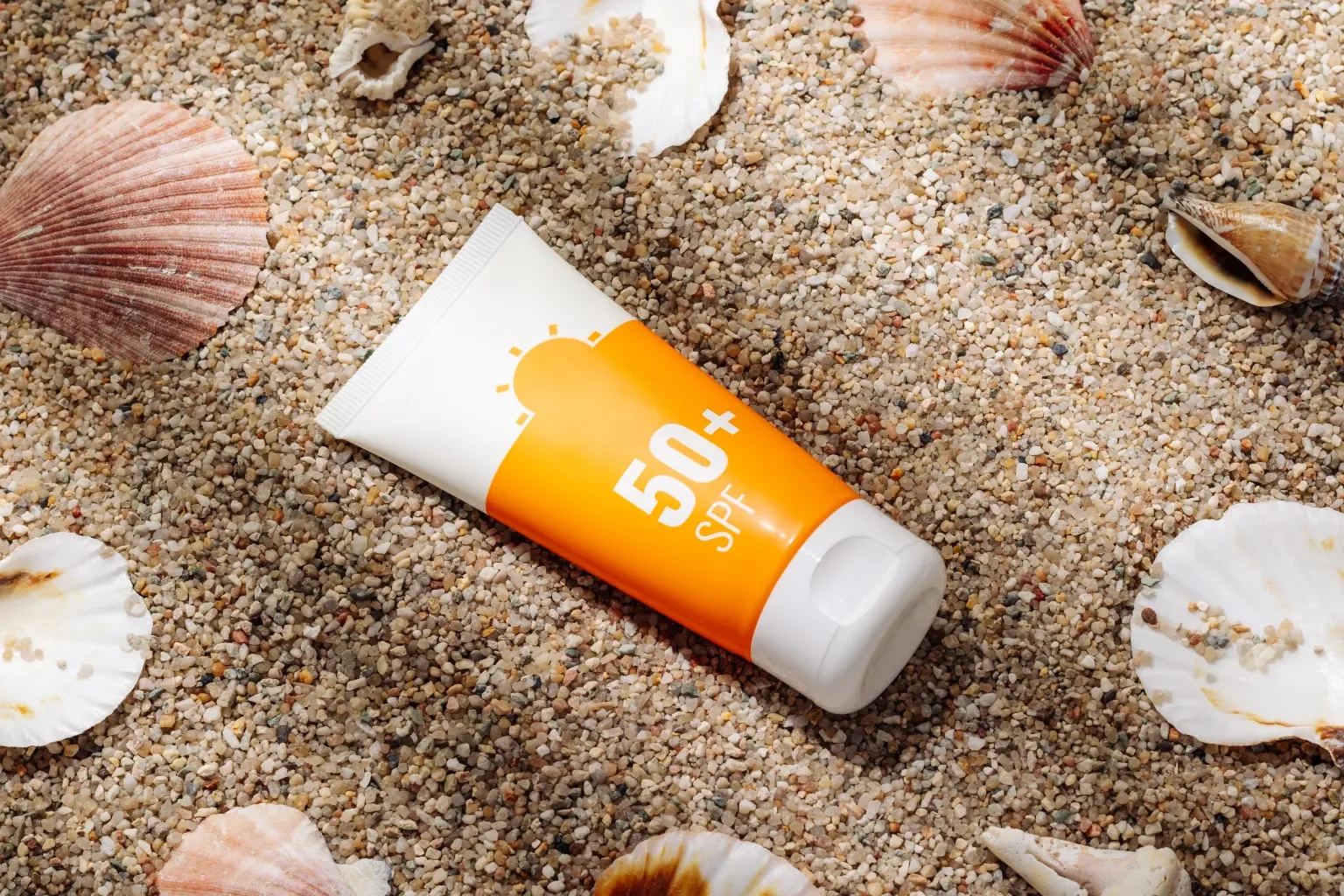
According to EWG, many manufacturers use inactive ingredients like butyloctyl salicylate (BOS) to inflate SPF numbers. BOS is a class of chemicals that can cause developmental and reproductive toxicity, especially during pregnancy.
Additionally, this substance is similar to salicylic acid, which has the ability to disrupt the skin's protective barrier, leading to redness, dryness, itching, and discomfort.
Notably, EWG points out that these boosters can increase the SPF value on the label without actually improving protection from UVA or UVB rays.
The US Food and Drug Administration (FDA) recommends choosing a sunscreen with an SPF of at least 15.
Oxybenzone: Ingredient being phased out
Oxybenzone, which was present in 70% of non-mineral sunscreens in 2016, is expected to be in just 9% of products by 2025.
The EWG report suggests that this decline reflects growing awareness of oxybenzone's strong absorption through the skin and its potential harmful effects on human health.

Studies have shown that oxybenzone can persist in breast milk, urine, and plasma long after use, demonstrating its ability to be absorbed and accumulated over time in the body.
Animal studies have shown that oxybenzone can disrupt the endocrine system – the system that regulates important biological functions such as metabolism, growth and reproduction.
However, experts stress that more research is needed to confirm whether the substance poses similar risks in humans.
Additionally, oxybenzone is a common allergen, which can lead to skin reactions such as redness, itching, rash, and even allergic contact dermatitis in severe cases.
Vitamin A: Good or bad in the sun?
Sunscreen manufacturers are phasing out vitamin A, also known as retinyl palmitate, from their products. The number of sunscreens containing the ingredient has plummeted from 41% in 2020 to just 2%.
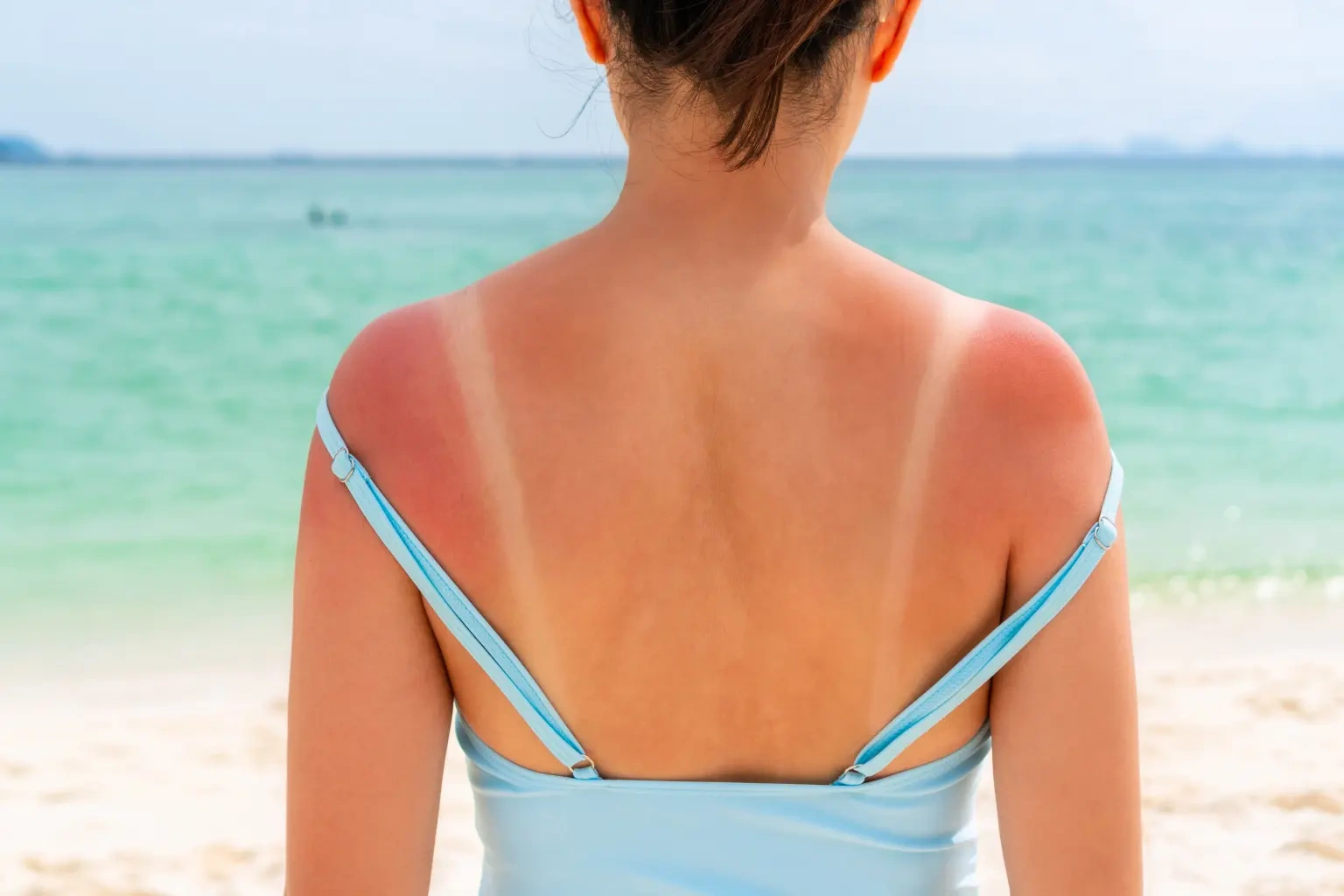
This is a positive sign for the skin, because according to EWG, research shows that vitamin A can break down in sunlight, potentially accelerating skin damage instead of protecting it.
Choosing safe sunscreen
To help consumers choose safe products, EWG has established strict standards and certifies sunscreens that meet higher requirements than those set by regulatory agencies in the United States and Europe.
To earn the EWG seal of approval, a sunscreen must have a completely transparent ingredient list, be free of harmful chemicals or contaminants, and provide effective protection against both UVA and UVB rays.
To date, 60 sunscreens and more than 60 moisturizers and lip balms with SPF have received the EWG's seal of approval.
Source: https://dantri.com.vn/khoa-hoc/canh-bao-nguy-co-tiem-an-tu-mot-so-loai-kem-chong-nang-20250603034338588.htm




![[Photo] Opening of the World Cultural Festival in Hanoi](https://vphoto.vietnam.vn/thumb/1200x675/vietnam/resource/IMAGE/2025/10/10/1760113426728_ndo_br_lehoi-khaimac-jpg.webp)
![[Photo] Discover unique experiences at the first World Cultural Festival](https://vphoto.vietnam.vn/thumb/1200x675/vietnam/resource/IMAGE/2025/10/11/1760198064937_le-hoi-van-hoa-4199-3623-jpg.webp)
![[Photo] General Secretary attends the parade to celebrate the 80th anniversary of the founding of the Korean Workers' Party](https://vphoto.vietnam.vn/thumb/1200x675/vietnam/resource/IMAGE/2025/10/11/1760150039564_vna-potal-tong-bi-thu-du-le-duyet-binh-ky-niem-80-nam-thanh-lap-dang-lao-dong-trieu-tien-8331994-jpg.webp)








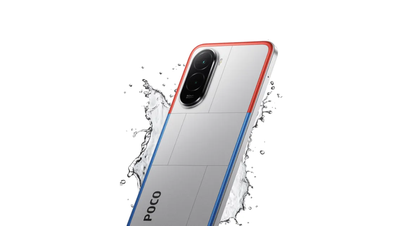











![[Photo] Ho Chi Minh City is brilliant with flags and flowers on the eve of the 1st Party Congress, term 2025-2030](https://vphoto.vietnam.vn/thumb/1200x675/vietnam/resource/IMAGE/2025/10/10/1760102923219_ndo_br_thiet-ke-chua-co-ten-43-png.webp)





















































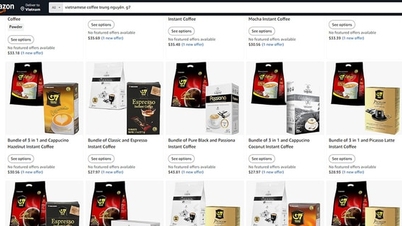















Comment (0)